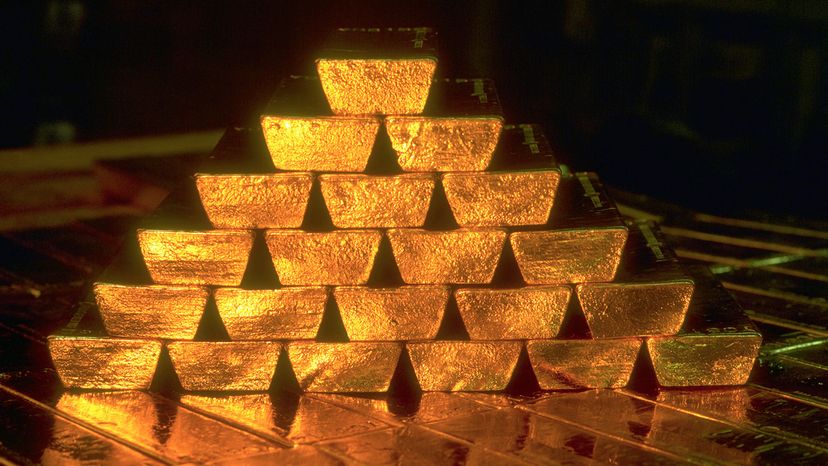While rhodium holds the top spot as the most expensive metal, several other precious metals also command high prices due to their specialized properties and limited availability. Here are five other valuable metals.
1. Iridium: A Corrosion-Resistant Precious Metal
Iridium is known for its remarkable resistance to corrosion, even at high temperatures. This metal is virtually impervious to air, water, salts and acids, making it incredibly durable. However, its hardness makes it difficult to fabricate into usable parts.
Despite this challenge, iridium is used as an additive to strengthen alloys and in high-temperature applications such as spark plugs and crucibles. The largest deposits of iridium are found in South Africa and Russia, where it is mined as a byproduct of nickel.
2. Osmium: The Densest Naturally Occurring Element
Osmium is a hard, bluish-white metal and the densest naturally occurring element on Earth. Its high density and hardness make it valuable for specific applications, such as electrical contacts and the tips of fountain pens.
Osmium occurs naturally in iridosule and in platinum-bearing river sands found in regions like the Urals, North America and South America.
3. Gold: The Most Famous Valuable Metal
Gold is perhaps the most well-known of all precious metals. Its historical significance, cultural value and various applications make it a cornerstone of wealth and luxury. Gold's primary uses include jewelry, electronics and as a financial asset.
- Jewelry: Gold is highly prized for its luster and rarity, making it a symbol of wealth and status. It's a common base for wedding rings, bracelets, earrings and necklaces.
- Electronics: Due to its excellent conductivity and resistance to tarnish, gold is used in connectors, switches and other components.
- Investment: Gold is a popular investment vehicle, often seen as a hedge against inflation and economic uncertainty.
4. Ruthenium: A Hard and Corrosion-resistant Metal Element
Ruthenium is another member of the platinum group metals, widely used in the electronics industry, particularly in chip resistors. The chemical industry also uses ruthenium to coat the anodes of electrochemical cells that produce chlorine.
Miners are most likely to dig up this metal in ores throughout the mountains of North and South America.
5. Rhenium: A Platinum Metal for the Skies
Rhenium is treasured for its use in high-temperature superalloys, which are crucial in the aerospace industry. These superalloys are used in the combustion chambers, turbine blades and exhaust nozzles of jet engines, where they must withstand extreme conditions.
Rhenium is obtained from molybdenite in porphyry copper mines and is recovered as a by-product of molybdenum processing. Major producers of rhenium include the USA, Chile, Canada and Russia.
